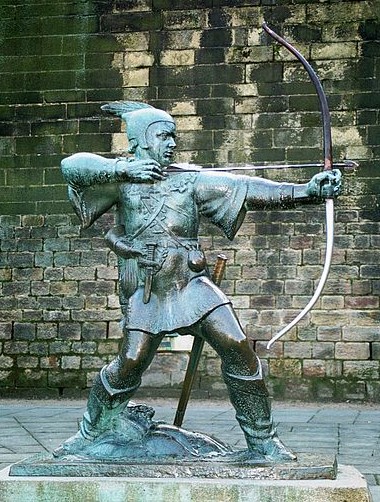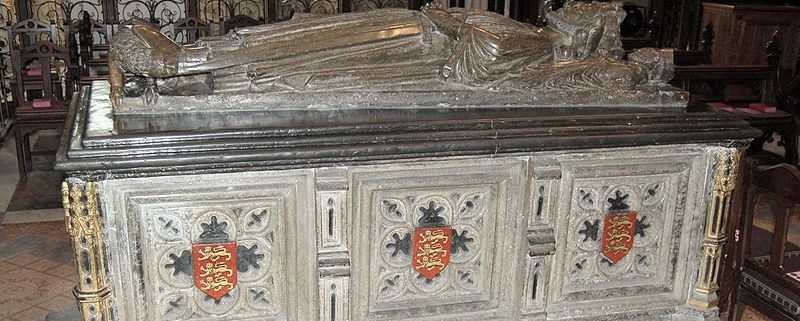Rivals for the title of “England’s Worst King”
At Gold Hill Museum at 2.30p.m. on Tuesday 10 January 2023, Dr James Ross of the University of Winchester will consider the claims of Henry VI to be labelled “England’s Worst King.” As the author of Henry VI : A Good, Simple and Innocent Man in the Penguin Monarchs series, James is well qualified to judge. He is also highly regarded as a public speaker, having been awarded an Honorary Fellowship in 2021 by the national Historical Association for his outreach work. His talk is free to members of The Shaftesbury & District Historical Society and open to the public on payment of £3 at the door.
Henry’s long and disastrous reign began in infancy on the death in 1422 of his father Henry V, victor at Agincourt. By the time of his murder in 1471, the younger Henry had lost the English and French crowns, all of the English-held territory in France except Calais, the Hundred Years’ War with France, and a significant phase of the Wars of the Roses. On the plus side of the ledger there were some educational foundations, still in existence. You can read a more detailed account of his reign here.
But what about the claims to even greater infamy of “Bad” King John (reigned 1199-1216)? John Julius Norwich, writing in France: A History from Gaul to De Gaulle (2018), asserts that there is no doubt whatever that John was lecherous, duplicitous, faithless and cruel – worse even than his brother [Richard I], the worst king England ever had. John lost Normandy and most of the Angevin lands in France; he provoked a rebellion among the English nobility, leading to the forced concession of Magna Carta in 1215; and at the time of his death in 1216 at Newark, was fighting a losing civil war against English rebels and French invaders, during which the royal baggage train and crown jewels were lost in an estuary of the Wash. Since large parts of his kingdom were controlled by his enemies, he was interred at Worcester Cathedral. His effigy, (photo above) probably dates from 1228 and must have been approved by his son Henry III. According to 2015 biographer Stephen Church, it shows the king standing on a lion, which represents the temporal world over which John had ruled while he lived. The lion is not supine; its head twists to seize the king’s sword in its mouth and bend it. The world is in rebellion, resisting royal authority divinely appointed.

Stephen Church writes: Within a decade of John’s death, the chronicler Roger of Wendover had made John not only a failed king, but also one who was positively evil. Roger’s successor, Matthew Paris, elaborated on this theme. John was a tyrant rather than a king, a destroyer rather than a governor, an oppressor of his own people, and a friend to strangers, a lion to his own subjects, a lamb to foreigners and those who fought against him … an insatiable extorter of money, and an invader and destroyer of the possessions of his own natural subjects … he had violated the daughters and sisters of his nobles; and was wavering and distrustful in his observance of the Christian religion. The perfect villain, in fact, for composers of ballads and fiction such as the legend of Robin Hood, told so many times that John’s foul reputation is etched into the popular consciousness. The stereotypical John character is patron of the equally villainous Sheriff of Nottingham, and the two often plot together to steal the crown from the heroic Richard who is away on Crusade.
In a memorable, 1991 scenery-chewing performance as the film-stealing Sheriff of Nottingham in Robin Hood: Prince of Thieves, Alan Rickman declares: Cancel the kitchen scraps for lepers and orphans, no more merciful beheadings, and call off Christmas! The Trustees of The Shaftesbury & District Historical Society, on the other hand, wish all their members, volunteers, friends, and readers of this News Blog a Happy Christmas and a Prosperous New Year.



